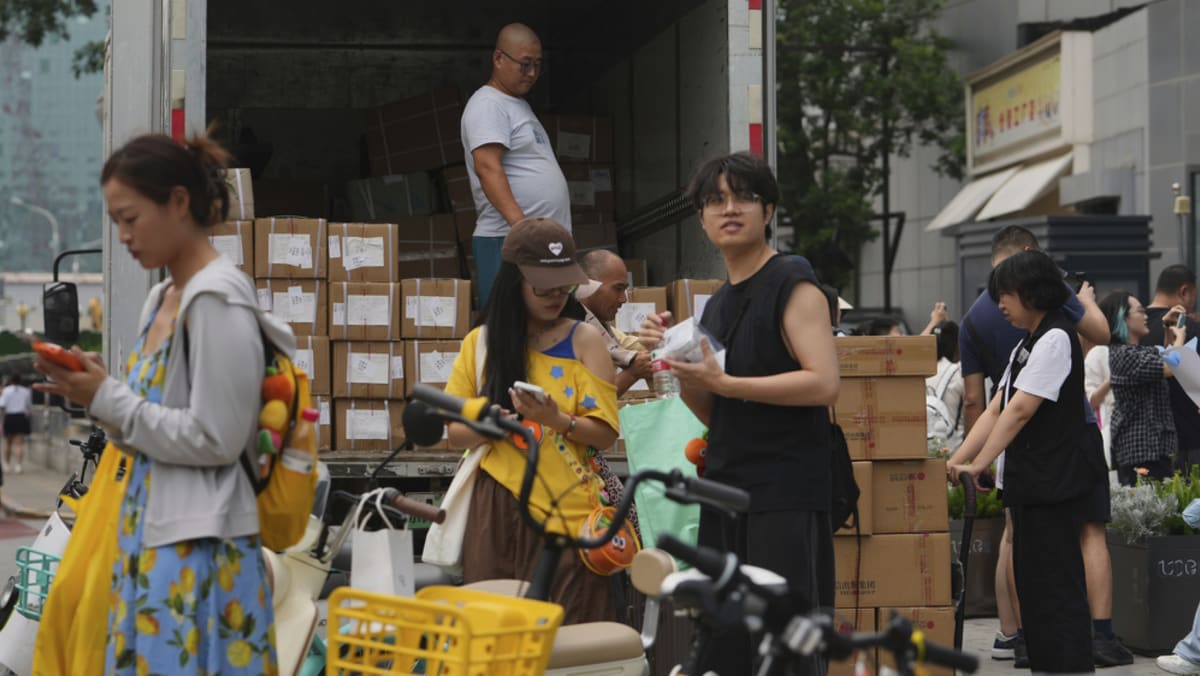WHAT COMPLICATES ANTI-INVOLUTION EFFORTS
Several features of today’s overcapacity complicate anti-involution efforts.
First, the excess capacity in solar, batteries and electric vehicles has only been recently installed. For example, much of solar manufacturing capacity was built from 2022, unlike the steel and cement sectors that underwent supply-side reform in 2015 and 2016.
Second, most companies in the major oversupplied sectors are private entities, complicating the process of supply-side consolidation. Our analysts estimate that private companies hold 95 per cent market share or more in the solar and batteries sectors and 65 per cent in EVs, compared with 35 per cent in steel and 50 per cent in cement.
Third, deflation is much more intense than before. China’s GDP deflator – the broadest measure of prices, including all of a country’s goods and services – has been declining for nine quarters (since the second quarter of 2023) compared with just two quarters in 2015. The consumer price index has averaged just 0.1 per cent year on year since the second quarter of 2023 compared with 1.7 per cent in 2015.
The composition of producer price index deflation is also different. In 2015, commodity-related segments (linked to global commodity prices) drove about two-thirds of deflation. Today, non-commodity goods account for more than 70 per cent of deflation.
